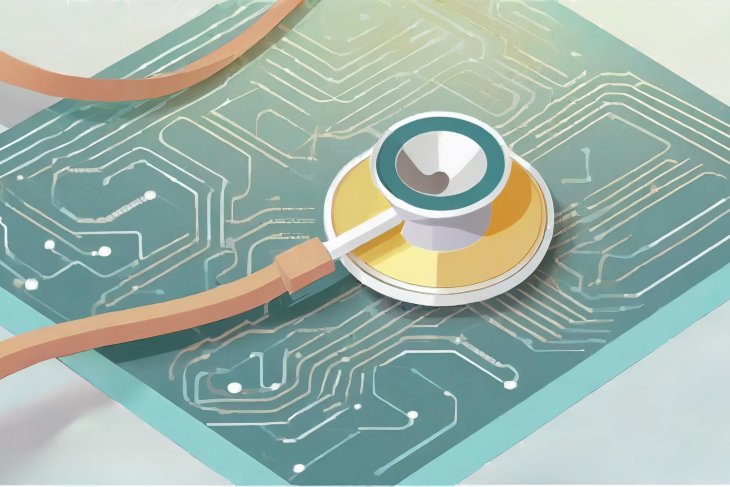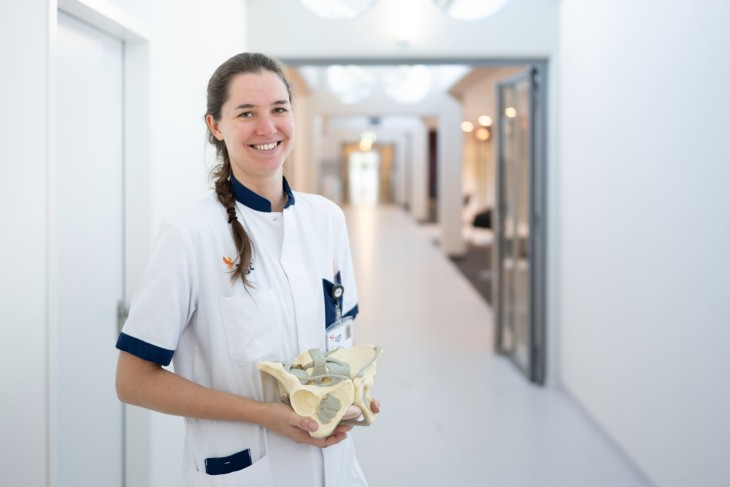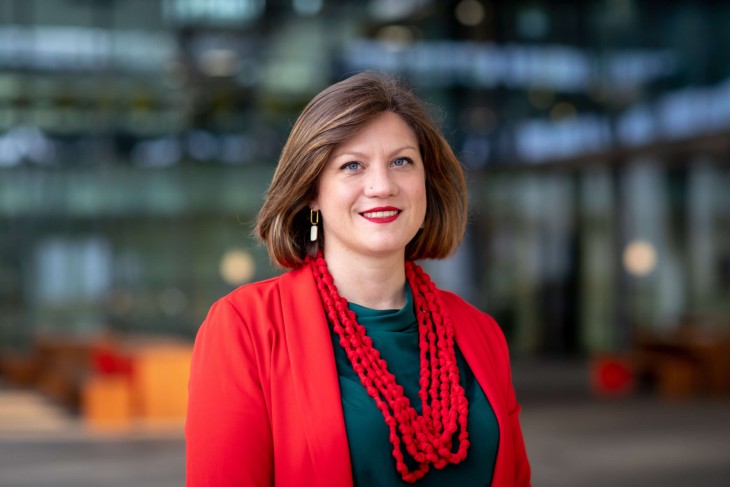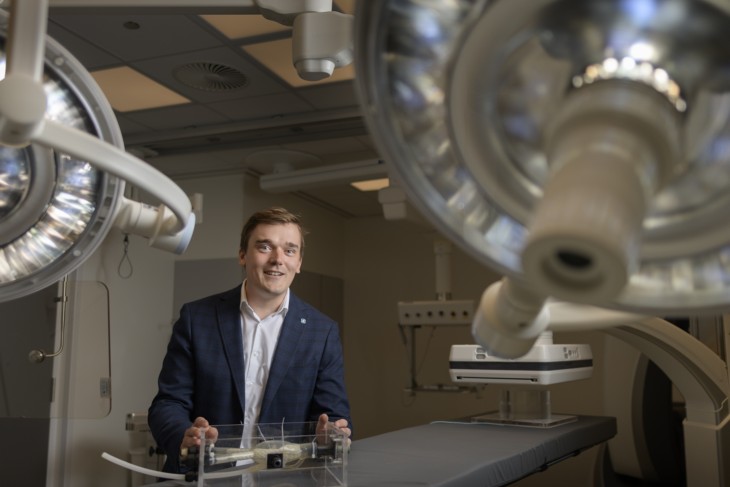How would you react to the news that you might have a serious heart condition? Would you panic? Would you want more information as soon as possible and do a DNA test, or would you not want to know if you are the carrier of the gene? All these reactions are possible, and a doctor must take all these considerations and emotions into account.
CHATBOT
Using a chatbot to inform people about such a sensitive decision seems rather paltry, but earlier trials showed that a virtual doctor can be useful. Indeed, of the people who receive a letter inviting them to an interview about taking a DNA test, less than 50 per cent turn up. The people who do come have often already decided they want a test. Of the people who don't come, you grope in the dark. Maybe they made the choice not to come consciously, but based on wrong or faulty information on the internet, says Tessa Beinema. She is a postdoctoral researcher in Human-Media Interaction at the University of Twente. "The point is that we cannot control whether or not people have been properly informed. With the people who turn up, the doctor can check that. That other group we have basically 'lost'."
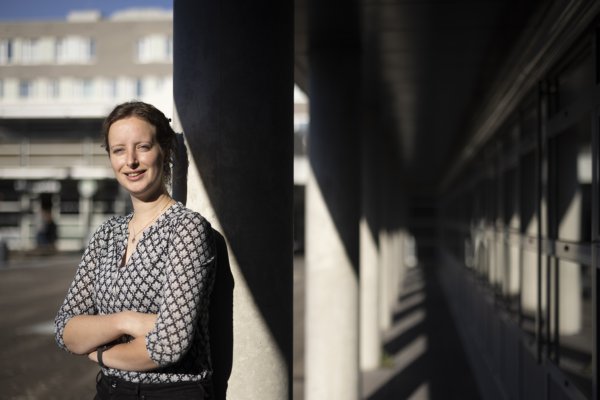
Tessa Beinema
DIGITAL ASSISTANT
Tessa and colleagues have been using a chatbot since December to inform people about two forms of the hereditary heart muscle disorder cardiomyopathy. People are related to 68 people who know they have a heart muscle defect. Each carrier of that gene provides an average of three to four relatives who have a 50 per cent chance of also having the abnormality. They now do not receive a letter, but an e-mail with a link to a portal where a digital assistant welcomes them. Ultimately, the scientists hope that people will be better guided in making a choice for or against a DNA test.
HUMAN INTERACTION
But how do you ensure that a virtual assistant takes into account all the above thoughts and emotions of potential carriers of the gene? Capturing human interactions with a chatbot is tricky, Tessa knows. "We need to think carefully about the responses of such a chatbot. For example, if someone expresses concerns about their health, you shouldn't say, 'OK, thanks for the information. We'll pass it on to the doctor.' A lot of research has already been done on what 'human' aspects are in conversations and how to apply them in a chatbot. That already starts with introducing the virtual doctor and asking how someone is doing," she says.
PRE-PROGRAMMED CONVERSATION
Before people in the trial have to deal with the digital assistant, they are given a text and explanation about the heart condition. For example, about the symptoms, how the disease develops and what the course is. After each piece of information, the digital assistant, called Anna, looks back at the person. In doing so, she asks if the visitor has any concerns and answers simple follow-up questions. Anna is an illustrated female assistant in a doctor's coat. Research shows that a doctor's coat and a female figure create trust.
Technically, the virtual assistant is a so-called conversational agent, which in this case carries out a pre-programmed conversation. The visitor always selects one of the possible answers provided by the chat programme. A person's conversation with a virtual doctor takes different turns based on those answers. For example, Anna asks additional questions if the person expresses concern about getting the disease or transmissibility to children.
AN INFORMED CHOICE
The aim of the trial is mainly to test whether, with a digital assistant, more people end up making an informed choice about taking a DNA test than through the old way with a letter. One of the challenges is that people react differently to news that they may have a serious genetic disorder. Some people are concerned and need compassion, while others have a more 'business-like' approach. 'Just give me an Excel file with all the information and I'll be fine,' Tessa once heard someone say.
Incidentally, it is not the intention of the application to persuade people to take a DNA test. After all, that is the person's own choice. Tessa says they want to 'persuade' people to inform themselves so that they then make an informed decision.
TIME FOR TOUGH QUESTIONS
And what do doctors themselves think about it? Do they see it as an addition or a threat to their own work? That depends on the doctor, says Tessa. According to her, treatment by a 'human' doctor is often seen as the best option, but doctors know they cannot do everything themselves due to lack of time. Given the growing staff shortages, including in healthcare, apps like this can help doctors focus on certain issues. "Many questions patients have are pretty much the same. I think the added value of apps like this is that you can give people quick answers to common questions," she says. "That actually leaves a healthcare provider time for more difficult questions and personal considerations."
The trial runs until 2025 and is a collaboration with the University Medical Centre Utrecht.

